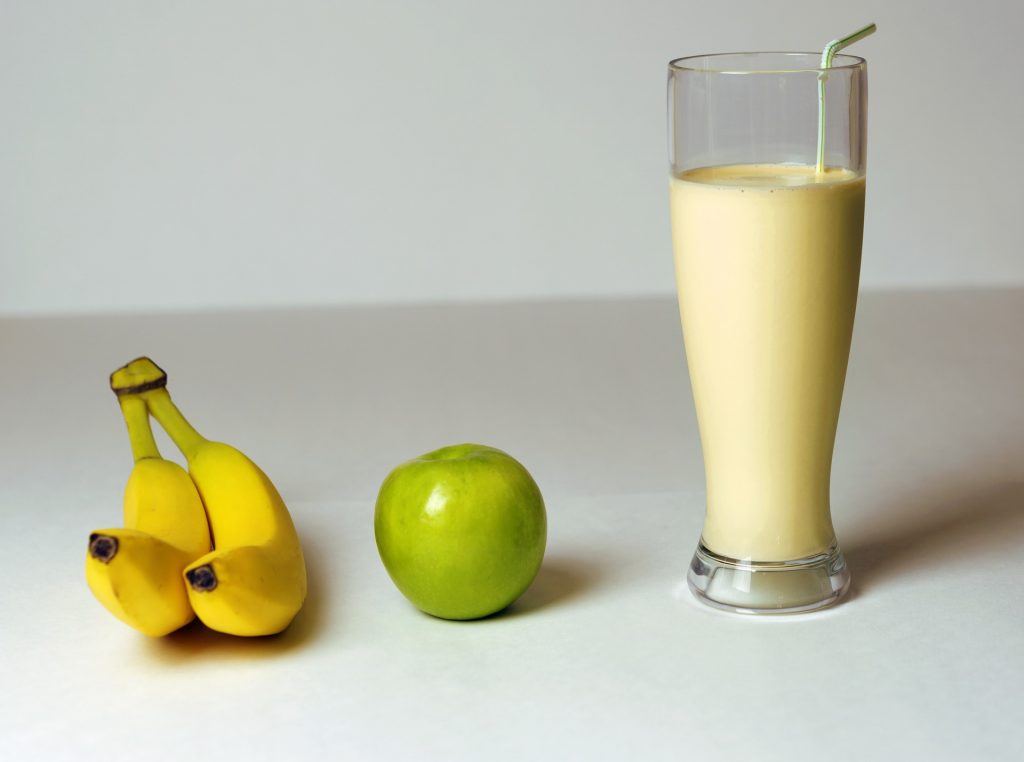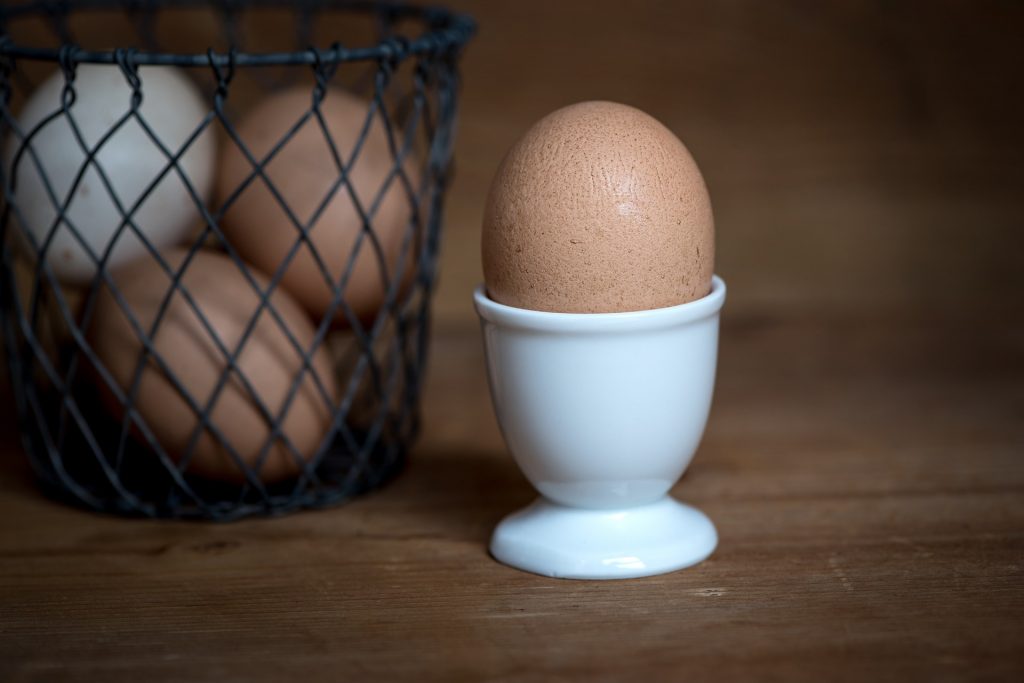 They say breakfast is the most important meal of the day, and at this time you should eat like a king. This may be true, but post workout nutrition is arguably a close second, and certainly provides another opportunity to eat in a regal fashion. The reason that both breakfast and the post workout period are so important nutritionally is because they both represent a severe catabolic state that presents as a unique physiological set of conditions that must be addressed nutritionally. This period required the provision of energy and building materials that can allow the body to switch to a more normal anabolic then post absorptive state, which characterises other times of the waking day. Making sure that the post workout period contains adequate nutrition is highly important to skeletal muscle growth and also to the recuperation of energy stores. Poor post workout nutrition in turn can lead to delayed recovery and impaired muscle growth. So what should a good post workout meal contain nutritionally?
They say breakfast is the most important meal of the day, and at this time you should eat like a king. This may be true, but post workout nutrition is arguably a close second, and certainly provides another opportunity to eat in a regal fashion. The reason that both breakfast and the post workout period are so important nutritionally is because they both represent a severe catabolic state that presents as a unique physiological set of conditions that must be addressed nutritionally. This period required the provision of energy and building materials that can allow the body to switch to a more normal anabolic then post absorptive state, which characterises other times of the waking day. Making sure that the post workout period contains adequate nutrition is highly important to skeletal muscle growth and also to the recuperation of energy stores. Poor post workout nutrition in turn can lead to delayed recovery and impaired muscle growth. So what should a good post workout meal contain nutritionally?

A source of glucose is required post workout. Unlike during times of normal food consumption, post workout glucose sources should be low in fibre as the aim is to supply the glucose quickly to the tissues. The consumption of simple sugars, although normally detrimental to the health, can actually be beneficial to the health following exercise.
The first thought should be on the state of the food as a whole. Post workout nutrition lends itself well to the use of the liquid meal. Liquefying food, such as in a smoothy, during normal feeding times can be detrimental because the liquid state of the food increases the absorption rate of any glucose and this in turn can overload the liver with energy. However, postworkout, a rapid absorption of glucose is beneficial because the tissues as a whole are depleted of energy and the rapid absorption of glucose can also stimulate the release of insulin that aids the anabolic process in skeletal muscle. Solid food may still provide the same end result, but also after intense exercise eating a large amount of solid food is often unappetising and so a liquid meal may be more appropriate. The ability to increase the sweetness of the liquid meal through careful selection of the ingredients also assures it is more likely to be consumed. Lastly, a liquid meal can be bottled and carried in a bag to be consumed almost anywhere.
After exercise, the tissues are depleted of energy and will almost certainly desire a source of glucose to replenish glycogen levels and blood glucose concentrations. Fruits such as bananas contain glucose and are reasonable low in fibre and water compared to other fruits and so make an excellent post workout food. Bananas also contain high amounts of potassium, which may be useful in replenishing some of the potassium lost through sweating. Powdered sugars such as glucose and maltodextrin are also available, and can be added to a liquid meal. Although the usual recommendation is not to consume simple sugars due to their detrimental health effects, during the post workout period their consumption can be beneficial as they supply a readily absorbed form of glucose. Likewise, fruit juice can also be useful during the post workout period for the same reason. Other sources of glucose include oats, grapes and tinned pineapple. The main criteria is that they are palatable and are rich in easily absorbable sugars.

Whey protein is high in branched chain amino acids, which makes it an excellent post workout protein. It is available as a freeze dried powder, and this makes it highly absorbable because it is consumed as a liquid. If solid foods are to be consumed post workout, tuna, chicken, beef or eggs are some of the favourites of athletes.
The other main ingredient that should be consumed post workout is a source of protein. As with carbohydrate, a liquefiable source is advantageous in that can provide a very absorbable form of protein that can be taken in a drink. The number one choice for most individuals for this purpose is whey protein. Whey protein is a very useful protein for those who are performing physical activity, for a number of reasons. Firstly it is relatively cheap compared to other sources of protein. Secondly, whey contains a number of proteins (e.g. β-lactoglobulin and α-lactalbumin) that have been shown to stimulate the immune system and so may decrease the risk of infection. Thirdly, whey contains a relatively high concentration of the three branched chain amino acids (leucine, isoleucine and valine). These amino acids, particularly leucine, are required for the stimulation of muscle protein synthesis, and studies show that consumption of whey protein is able to stimulate this process more efficiently that other proteins such as casein and soy.
Eat Well, Stay Healthy, Protect Yourself
RdB
